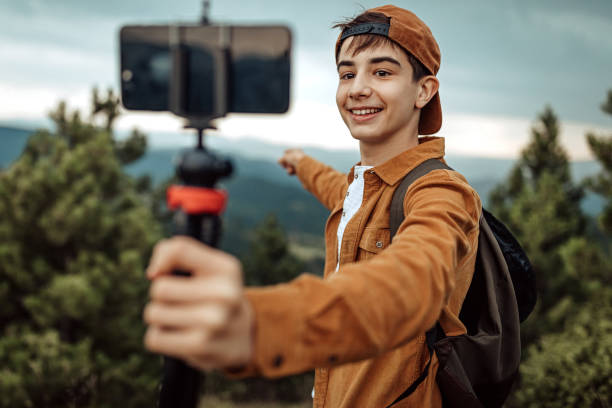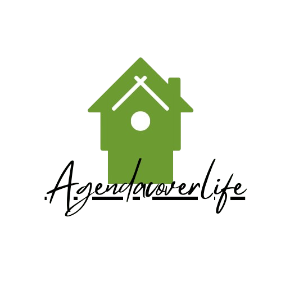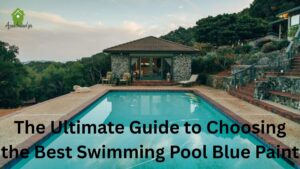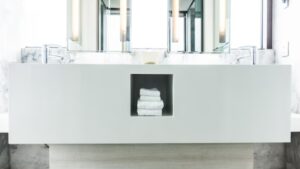
Introduction
Have you ever taken a photo or designed a layout only to realize it didn’t quite look the way you imagined? This often boils down to choosing the right orientation. Landscape and portrait modes are the two dominant formats used across photography, design, and even daily digital content. Each serves a different purpose and has its own advantages. Landscape vs. Portrait Orientation: Landscape fits wide views like sunsets , while Portrait highlights vertical subjects like people or skyscrapers .
This blog dives into the differences between landscape and portrait orientation, highlighting when and why to use each. Whether you’re a photographer capturing a breathtaking scene or a designer selecting the perfect format for a post, understanding these orientations will elevate your creative endeavors.
Understanding Landscape and Portrait

Before we get into specific applications, let’s clarify the core difference between the two orientations.
- Landscape orientation is horizontal; its width is greater than its height. Think of wide vistas, computer screens, or TV displays.
- Portrait orientation is vertical; its height is greater than its width. It’s commonly seen in written documents, phone screens, or full-body photography.
Both formats are essential tools, but their applications differ based on the composition and intent.
A Quick Comparison of Landscape and Portrait
Understanding the practical differences is easier with a structured comparison. Here’s a snapshot of how landscape and portrait stack up against each other in various key aspects:
| Aspect | Landscape Orientation | Portrait Orientation |
| Dimensions | Wider than it is tall (horizontal orientation) | Taller than it is wide (vertical orientation) |
| Common Uses | Presentations, scenic photography, group photos | Portrait photography, book covers, social media stories |
| Advantages | Captures wide views, fits screens naturally | Highlights height, ideal for vertical subjects |
| Examples | Nature landscapes, movie screens, carousels | Full-body shots, skyscraper photos, phone content |
| Best for | Creating a sense of space and context | Focusing attention on a single subject |
This comparison underscores how each orientation is tailored to specific needs, helping you decide which to use depending on your project.
When to Use Landscape Orientation
Portrait Orientation Use Cases
1. Photography
While landscape suits wide vistas, portrait orientation focuses the viewer’s attention vertically.
- Best for People
Portrait orientation is called “portrait” for a reason! It’s ideal for headshots, fashion photography, and full-height photos of individuals. This orientation emphasizes subjects’ height or facial details dramatically. - Example: A close-up of a person’s face or a tall Eiffel Tower shot will look balanced and visually compelling in portrait orientation.
- Artistic Focus
For subjects with vertical elements, such as towering trees or skyscrapers, portrait framing gives height the attention it deserves without distracting background clutter.
2. Design Layouts
Portrait is often the format of choice for printed materials and mobile-first designs.
- Posters, Flyers, and Books
Most posters, advertisements, book covers, and newsletters are vertical because people typically scan such materials from top to bottom. - Mobile Optimization
With the rising domination of smartphones, portrait layouts have become the norm for social media stories, mobile interfaces, and vertical scrolling apps like TikTok or Instagram Reels.
3. Everyday Uses
Portrait finds its niche in more personalized applications.
- Social Media and Phone Photography
When snapping selfies or recording Instagram Stories, portrait orientation matches the natural vertical shape of a smartphone screen. - Best for Text-Based Content
Anything involving sequential reading, such as documents, blog posts, or even texting, takes advantage of portrait’s vertical flow.
Landscape vs. Portrait in Social Media

These days, social media platforms influence how we choose photo and design orientations. Here’s a quick breakdown of how each performs on popular platforms:
- Landscape
- Best for YouTube thumbnails, horizontal carousel posts, and Facebook cover photos.
- Provides a polished, professional look for content like travel photos or informational banners.
- Portrait
- Dominates on Instagram Stories, TikTok, and Pinterest.
- Works superbly for personal, close-knit interactions with users, like sharing selfies or recorded vlogs.
By matching your content orientation to the platform’s primary format, you can ensure higher engagement and improved visual appeal.
Advantages
- Frames wide and open compositions beautifully.
- Creates a natural viewer experience for digital or screen-based media.
- Adds spaciousness and context to the image or design.
When to Opt for Portrait Orientation

While landscape dominates in some areas, portrait orientation shines when height is the focus of your visual story.
Photography
This is the format of choice for fashion shoots, headshots, or vertical subjects like trees or tall buildings. Portrait orientation packs in height while eliminating distractions from the background.
Social Media Content
Platforms like Instagram and TikTok favor vertical content, thanks to the increasing use of mobile devices. Videos and stories in portrait orientation fill the screen, creating a more immersive experience.
Printed Materials
From book covers to posters, portrait orientation is used when readability and vertical composition are essential.
Advantages
- Directs the viewer’s attention, making it ideal for single subjects (e.g., an individual or a product).
- Compatible with a mobile-first world, enhancing engagement on apps and social media.
Choosing the Right Orientation for Your Needs

While some projects clearly demand one orientation over the other, there are times when both can work. Choosing the right format depends on factors like the subject, medium, and purpose.
Questions to Consider
- What is the focal point of your composition?
- Will the content be consumed on a phone, computer, or printed medium?
- Do you want to show space and setting, or zoom in on details?
Experimenting with both landscape and portrait can sometimes reveal surprising insights. For example, a group photo might work in portrait if you’re aiming for taller, tighter framing rather than horizontally spaced arrangements.
How to Decide Between Landscape and Portrait

To choose the right orientation, ask yourself the following questions:
- What’s the Subject?
- Broad, horizontal subjects (e.g., landscapes): Choose landscape.
- Tall, vertical subjects (e.g., people or buildings): Go with portrait.
- What’s the Intended Use?
- For screens, devices, or presentations, landscape aligns better.
- For printed text or social media stories, portrait orientation works best.
- What’s Your Creative Vision?
- Do you want to emphasize the width or height of the scene?
- Experiment with both orientations while framing to see what feels right.
Final Thoughts
Choosing between landscape and portrait orientation may seem minor, but it can drastically impact the mood, functionality, and overall impact of your work.
Whether you’re snapping a quick photo or crafting a professional design layout, understanding the strengths of each orientation will help you select the best format for the situation. Landscape orientation shines in wide, expansive settings, while portrait orientation excels in focusing on vertical subjects and stories.
Landscape and portrait orientations are not merely dimensions but vital creative tools. Landscape offers a broader canvas that captures expansive settings, while portrait orientation excels in focusing on vertical subjects and stories.
The table above encapsulates the strengths of both formats, providing a quick way to decide the better fit for your project. Experiment with both and trust your eye. After all, the perfect composition is just one frame away!









